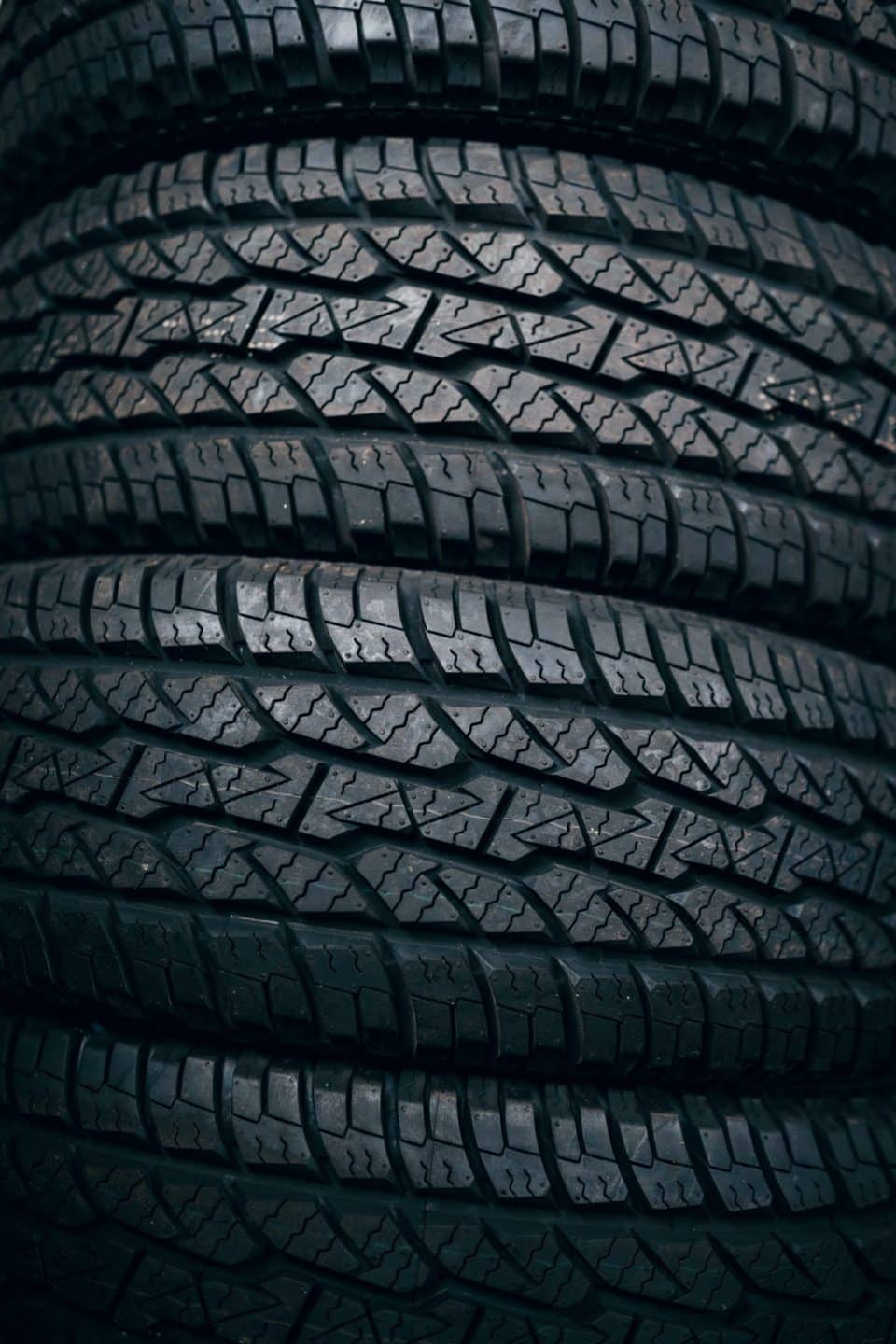Last month, a loose tire flew off a vehicle travelling eastbound on Highway 401 in Toronto. The tire bounced into oncoming traffic, over the westbound lanes and straight through the windshield of a woman’s Ford Explorer. Luckily, the woman only suffered minor injuries.
A similar incident occurred on Deerfoot Trail in northeast Calgary last December, but with far greater consequences. The left rear tire and rim came off of a half-ton pickup truck travelling south near McKnight Boulevard. The wheel flew across the median, over the centre barrier and hit a small northbound sedan on the passenger side of the roof. The woman sitting in the front passenger seat was extracted from the vehicle and taken to Foothills Hospital suffering from serious, life-threatening injuries. Police were investigating this accident, but we have no further information as to the extent of the victim’s injuries.
TIRE SEPARATION HAZARDS
A tire separating from a vehicle is a potentially lethal projectile that requires immediate action by anyone and everyone in its path. When tire separations occur on a highway, the speed of the approaching wheel and a vehicle headed in the other direction leaves very little time for the driver to react to the dangerous situation. Sometimes drivers can successfully avoid a runaway wheel, and sometimes they cannot.
When a tire falls off of a vehicle, it can cause the driver to lose control and the vehicle may even roll over. This is more often the case with trucks and SUVs, which are taller vehicles that already have an increased risk of a rollover crash. In these situations, there is the possibility of injury to numerous individuals travelling on the road, including the following:
- The occupants of the vehicle that lost a wheel;
- The occupants of any nearby cars if the vehicle that lost the wheel loses control in their path and causes an accident;
- The occupants of any vehicle that is directly struck by the loose wheel; and
- The occupants of any vehicle that becomes involved in an accident due to the wheel landing on the highway and becoming a hazard.
WHAT CAUSES A TIRE TO FALL OFF?
There are a number of circumstances that can cause a tire to fall off while driving. The most common occurrence is due to a fastening failure caused by improper installation or poorly maintained wheels. In most cases, wheels fall off because of a loose or broken lug nut. They may also fall off due to a broken axle, a bearing can fail, there can be a problem with the axle/spindle nut or the hub may come loose.
In some cases, a tire service company, mechanic or auto dealer may contribute to these types of wheel separation incidents due to error during the wheel maintenance or installation process. The following are some specific examples of errors that may contribute to the loose wheel:
- Incorrect use of tools: Using impact wrenches make it fast and easy to over-torque the lug nut, which can result in dangerous outcomes if done incorrectly;
- Use of defective tools: Under-torqueing can be caused by using cheap or worn out wrenches;
- Hasty remanufacturing: Paint thickness defects may occur when wheels are quickly repainted to make them look new for resale;
- Not following procedures: It is important to following the detailed steps to adjust and preload bearings when installing axles; and
- Improper maintenance and wear and tear: Wheel components wear out over time and need to be replaced. Failing to do so can lead to danger when these wheel components break down, often due to rust and corrosion.
WHO IS RESPONSIBLE FOR A CRASH CAUSED BY A TIRE SEPARATION?
When a tire falls off and causes injury or death, an in-depth investigation is often required to determine the party or parties at fault. The following factors ought to be considered when narrowing down the parties that are responsible for the loose wheel that caused the crash:
- The driver failed to have the car inspected or properly maintained;
- The driver knew about a short-term defect, but failed to make proper repairs;
- A mechanic improperly repaired or installed a wheel component;
- A car dealership sold an individual a car with a dangerous defect; and/or
- A parts manufacturer produced a defective wheel component.
The legal team at Cuming & Gillespie LLP will assist you in the process of determining who is at fault by collecting the following important documents:
- Witness statements;
- Police reports;
- Vehicle maintenance reports;
- Photographs from the scene of the accident; and
- Expert witness statements.
If you or a loved one were injured in an accident involving a loose wheel, you have the right to take legal action against the responsible parties. To receive more information about your legal options, please contact the award winning personal injury lawyers at Cuming & Gillespie LLP online or at 403-571-0555. We look forward to helping you obtain the compensation you deserve.

